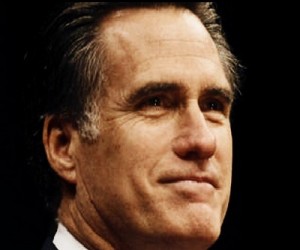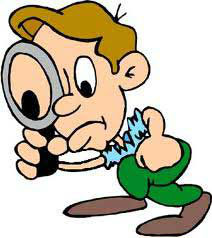Gold climbed to $1,710 an ounce on Tuesday buoyed by news of a Japanese round of quantitative easing and a weaker dollar.
Japan's move to flood market with cheap money follows similar measures in Europe and the US Fed's third round of QE which kicked off in September.
The good fortune of the yellow metal seems increasingly tied to monetary policy in the US – easy money adds to gold's allure as an inflation hedge and storer of wealth amid currency depreciation.
Rallies in the metal has been most striking under democratic presidents – when gold set a record in 1980 of $850 (some $2,400 in today's dollars) it was under Jimmy Carter and of course Barack Obama was in the White House when gold hit a record above $1,900 last year.
If gold can stay at current levels it would be the 12th year in a row that gold has shown annual gains, but if Republican challenger Mitt Romney should win the US presidential election he could stop the metal dead in its tracks reports the Financial Times (sub required):
But the real “Romney risk” for the yellow metal has nothing to do with fiscal policy. Instead, traders and investors are focusing on the likelihood that if Mr Romney wins the November 6 election, he would replace Ben Bernanke with a more hawkish chairman of the Federal Reserve when the latter’s term expires in January 2014.
If that means a change in direction from the Fed’s current experimental and super-accommodative monetary policy, gold could suffer. Recall the sharp sell-offs earlier this year when expectations of quantitative easing were deferred.
“From the gold market point of view, the Fed is the significant thing,” says one major hedge fund investor in the yellow metal.
Likewise, an Obama victory may be the green flag gold bulls have been waiting for.
The Fed's QE programs and ultra-easy policies have been a massive boon for gold.
The Fed's near-zero interest rate policy and bond purchases under QE1 kicked off on 16 December 2008. On 15 December 2008 an ounce of gold cost $837.50.
That's a more than 111% improvement for the precious metal on the back of QE1 and QE2 which followed in August 2010.
Another of the Fed's programs to keep interest rates low, Operation Twist, which started in September 2011 has also boosted the price of gold.
The gold price has taken a few hard knocks from 2011's record levels and the spikes downward have all been thanks to actions or pronouncements by chairman Ben Bernanke and the Fed.
At the same time volatility in the gold price has increased dramatically.
At the start of April for instance gold dropped some $60 an ounce in a single session when Fed minutes appeared to indicate QE3 was off the table and its policy of zero interest rates may be coming to an end sooner than previously thought.
The same thing happened on June 7 when gold dropped $50 to under $1,600 an ounce in a couple of hours after Bernanke delivered "anti-climactic" testimony to the US Congress.
That was not the first time traders got cold feet after breaking an important psychological level.
A similar pattern was followed in the days after the metal reached a record high above $1,900 an ounce in August 2011. The yellow metal slid for two days after hitting the record, losing $105 or 5.6% in value in a single day.
In 2011 trading in gold was the most volatile since 1980 with the gap between the year’s highs and lows coming in at close to $600 an ounce or a 32% range.
In 1980 the spread was even greater at more than 40% and followed the 21 January 1980 record of $850 a ounce set after a spike in oil prices following the Iranian revolution and Russia's invasion of Afghanistan.
At the time gold also fell precipitously after setting the record – within two days it fell back to under $700 starting a bear market that lasted almost three decades.
Gold breached $850 again at the start of 2008, but in inflation adjusted terms the 1980 price is still the highest ever – gold would have to hit some $2,400 an ounce to set a record in today's money.
Image from Mitt Romney Media.




